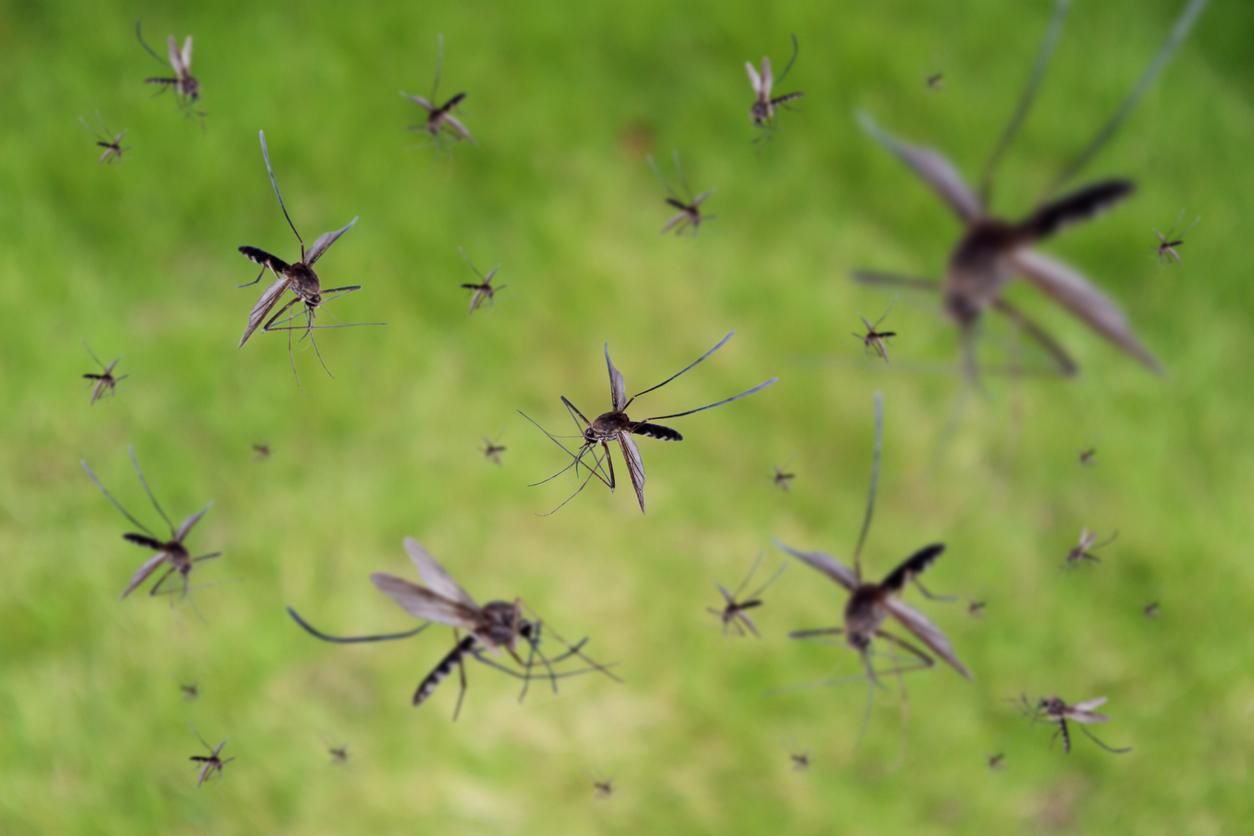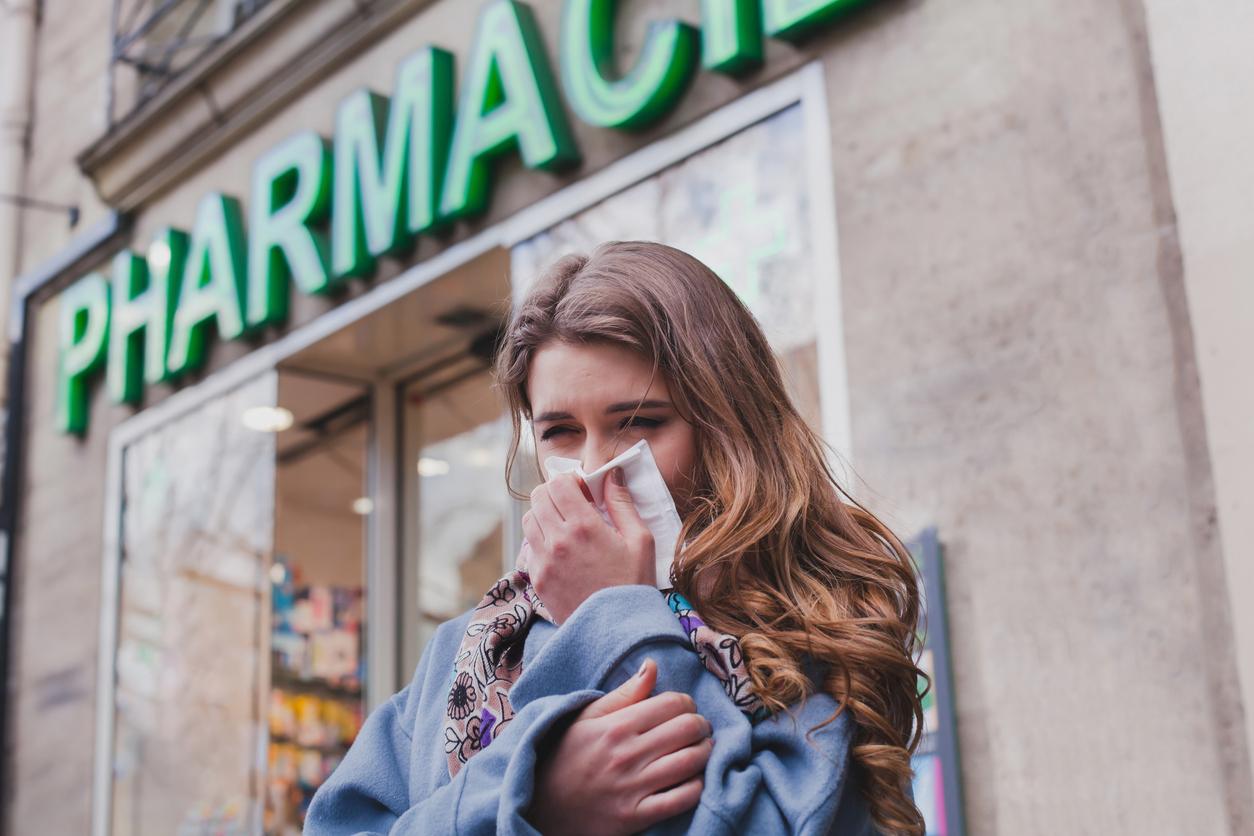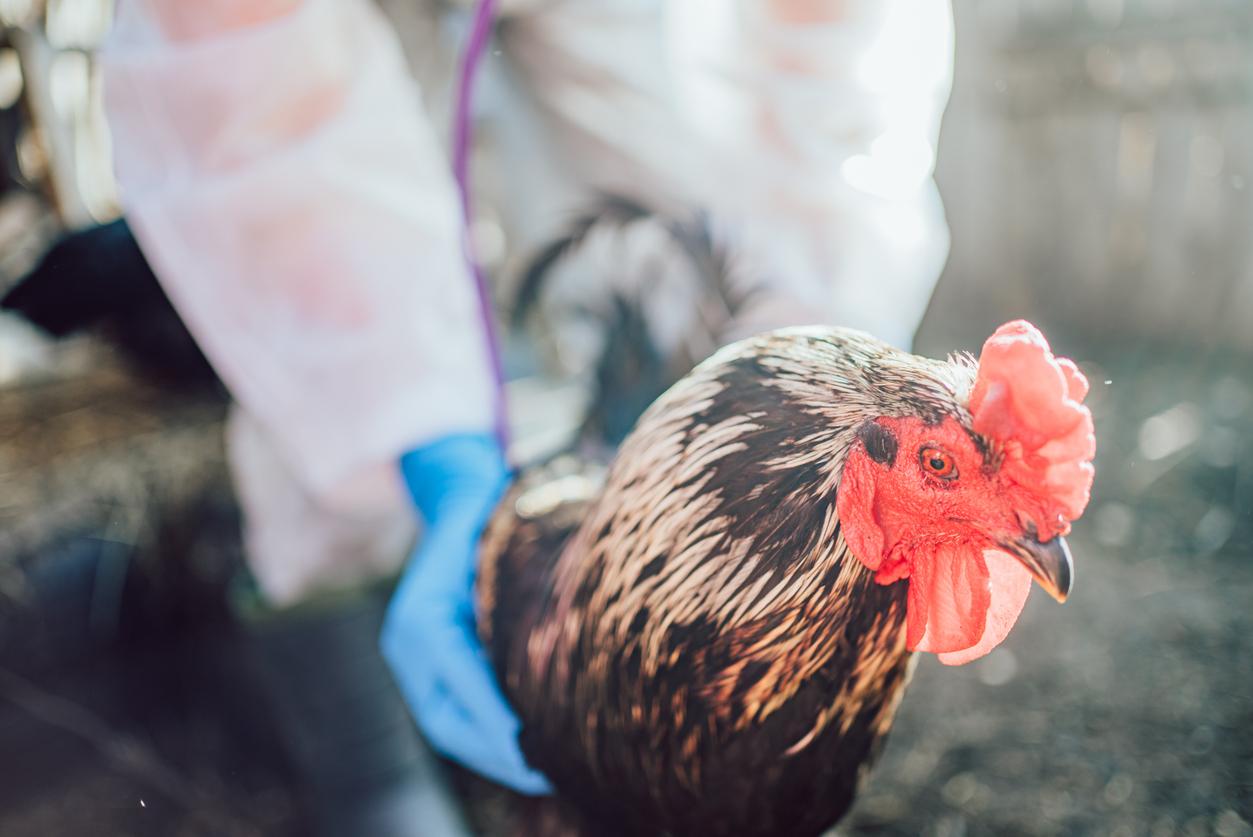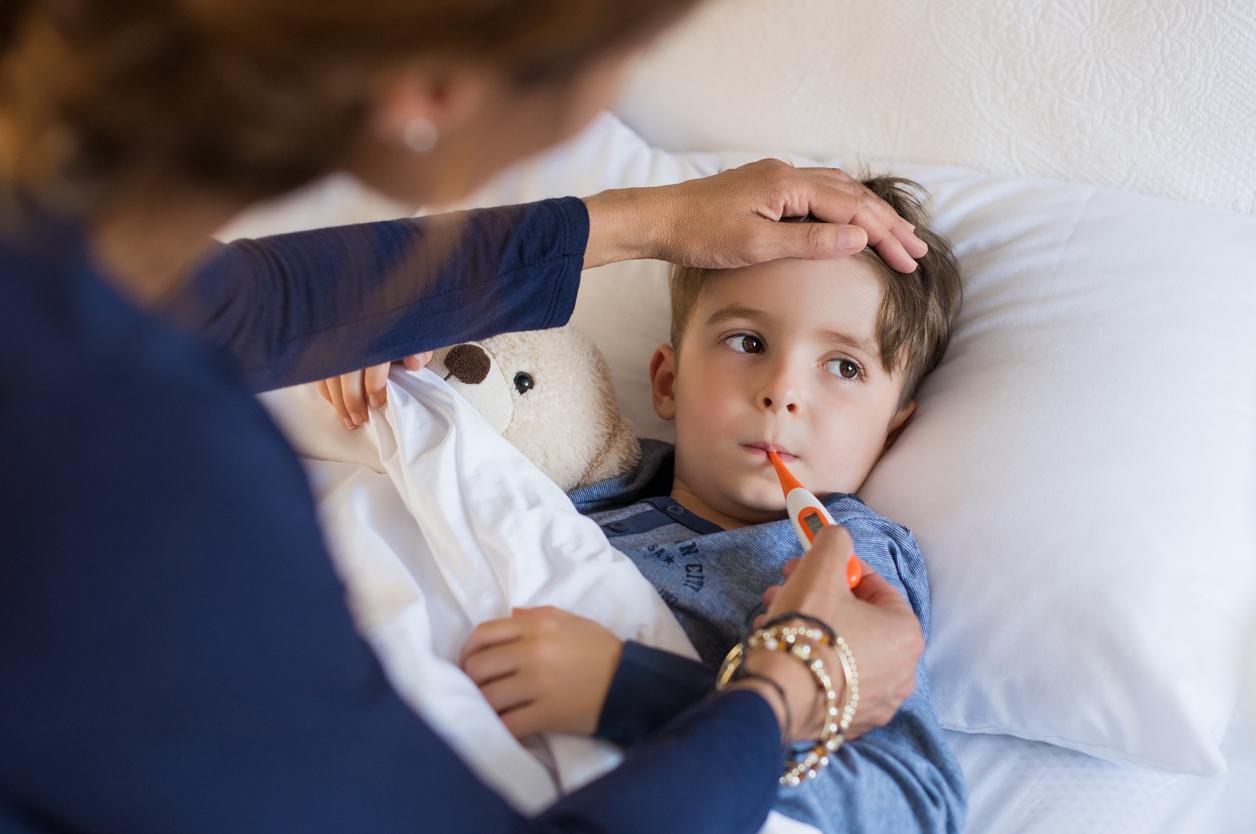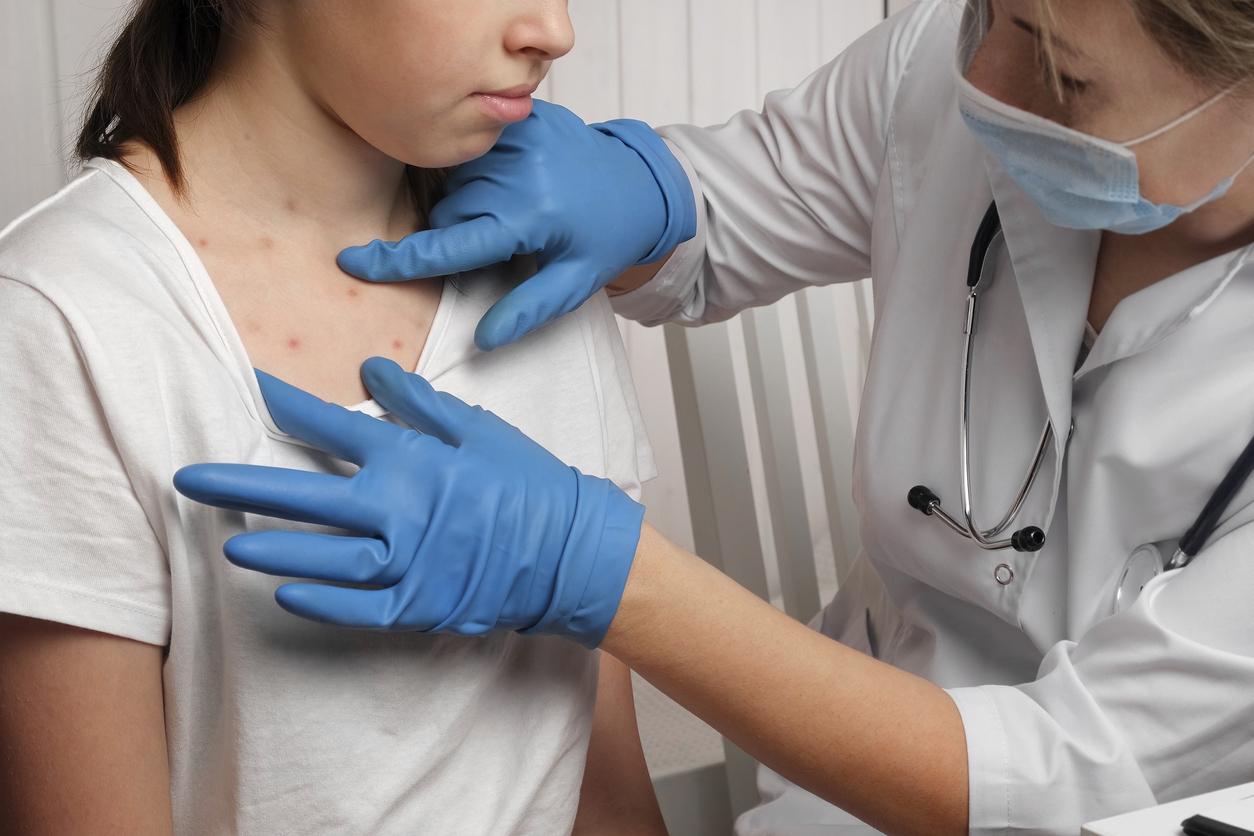This Thursday, New Caledonia declared itself in a dengue epidemic situation. Several cities in the archipelago are affected by this viral disease transmitted by the tiger mosquito, in particular the capital Nouméa.

In the space of two months, New Caledonia has identified nearly 100 cases of dengue fever, which forced the archipelago to declare itself this Thursday, December 27, in an epidemic situation. “One hundred and one cases have been confirmed since November 1, including fifty-eight for the first twenty days of December. Currently, twenty new cases are diagnosed each week”, alarmed the territorial government in a press release.
Among the affected areas is Nouméa, the capital of the archipelago, as well as its suburbs, where three people are currently hospitalized, including one in intensive care, Jean-Paul Grangeon, deputy director of health and social affairs, told AFP. .
Also called “tropical flu”, dengue fever is a tropical hemorrhagic fever linked to an arbovirus, transmitted by the female tiger mosquito. According to the World Health Organization (WHO), 390 million cases are recorded each year in the world, including 500,000 of “haemorrhagic” dengue fever, that is to say which are fatal in more than 2.5% cases.
In the case of the epidemic raging in New Caledonia, it is the dengue 2 virus, against which the New Caledonian population has little immunity, the last epidemic of this serotype dating back to 1998.
Dengue fever symptoms appear 3 to 14 days (on average 4 to 7 days) after the infecting bite. We then observe a flu syndrome affecting infants, young children and adults. There is no specific treatment. While dengue hemorrhagic fever is a life-threatening complication, early clinical diagnosis and prompt clinical management can often save lives.
A “call for vigilance” of the population
How to explain the resurgence of the dengue fever epidemic in the Pacific archipelago? For the specialists, the meteorological conditions were particularly favorable to the proliferation of tiger mosquitoes, the latter savoring humid and warm atmospheres.
As the Health Organization (WHO) points out, “more than 70% of the disease burden attributable to this disease is found in South-East Asia and the Western Pacific. In Latin America and the Caribbean, the “Incidence and severity of the disease have increased rapidly in recent years. Africa and the Eastern Mediterranean have also seen more outbreaks in the past decade.”
Reunion is also facing a dengue fever epidemic. Since the beginning of 2018, 6,712 cases have been identified on the island, including 20 cases in the first two weeks of December alone.
To stem the epidemic, the town hall of Noumea, supported by the departmental directorate of health and social affairs and the Pasteur Institute, has entered into a partnership with an Australian university to launch a program to fight dengue fever. The latter consists of infecting mosquitoes with a bacterium that prevents the transmission of the disease.
While waiting for the first results, hoped for within a year, the health authorities have launched a “call for vigilance” of the population and advised to destroy the “larval lodgings”, that is to say the sites where lay eggs. tiger mosquitoes, and which are found around houses. It is also recommended to protect yourself against mosquito bites, including during the day, by using repellents for the skin and clothing, and by wearing long, loose clothing.
.









